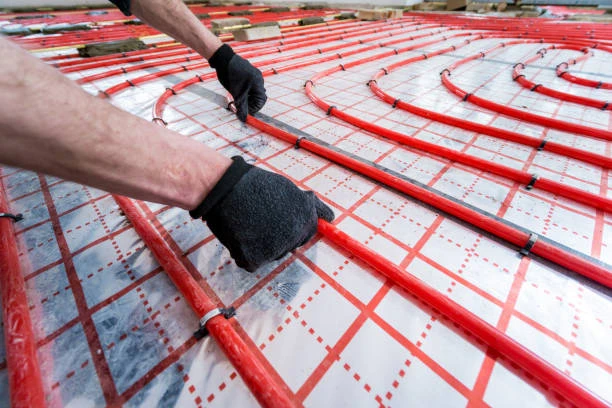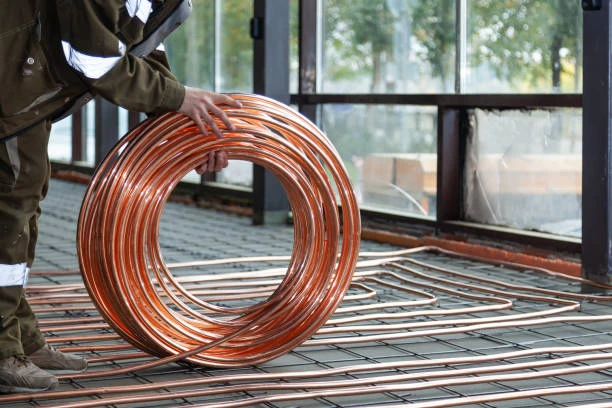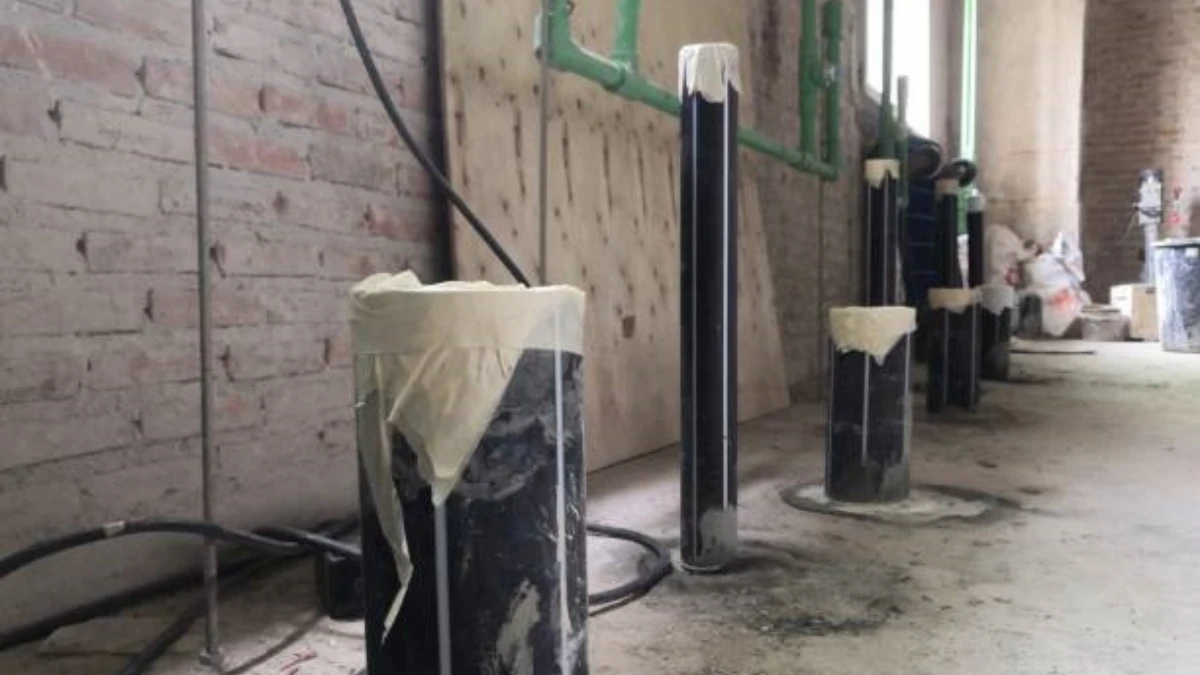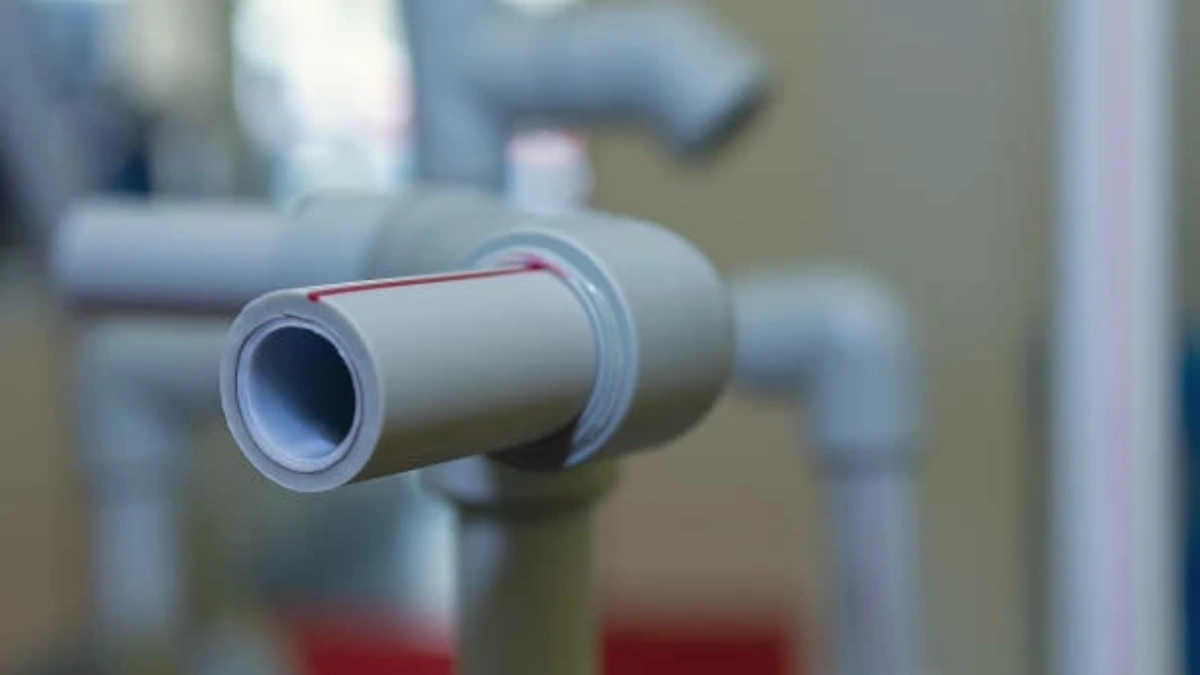In the rapidly evolving world of construction, plumbing fittings and heating systems are critical components in new build properties. As installers navigate these developments, understanding the latest technologies, materials, and regulations is essential. This article will provide an in-depth look at plumbing fittings and heating systems in new builds, highlighting what installers need to know to succeed in this dynamic environment.
Understanding Plumbing Fittings
Plumbing fittings are essential for connecting pipes, managing fluid flow, and ensuring efficient water supply and waste disposal in buildings. The types of plumbing fittings commonly used in new builds include:
1. Types of Plumbing Fittings
- Elbows: Used to change the direction of pipes.
- Tees: Allow for branching in plumbing lines.
- Couplings: Connect two pipes of the same diameter.
- Reducers: Connect pipes of different diameters.
- Valves: Control fluid flow within the system.
2. Materials Used
Modern plumbing fittings come in various materials, including:
- PVC (Polyvinyl Chloride): Lightweight, affordable, and resistant to corrosion.
- CPVC (Chlorinated Polyvinyl Chloride): Suitable for hot water applications due to its higher temperature tolerance.
- Copper: Durable and reliable but can be more expensive.
- Pex (Cross-Linked Polyethylene): Flexible, resistant to scale and chlorine, and ideal for retrofitting.
Understanding the strengths and weaknesses of these materials is crucial for installers to choose the right fittings for each application.
The Importance of Heating Systems
Heating systems in new build properties are vital for maintaining comfortable indoor temperatures. They also play a significant role in energy efficiency and sustainability. Installers must be well-versed in the various heating options available:
1. Types of Heating Systems
- Central Heating: Uses a boiler or heat pump to provide warm water to radiators or underfloor heating systems.
- Electric Heating: Includes electric radiators and underfloor heating, offering easy installation and zoning options.
- Renewable Heating: Systems like heat pumps and solar thermal systems promote sustainability by using renewable energy sources.
2. Integration with Plumbing Fittings
Heating systems often require specialized plumbing fittings to function effectively. Installers must understand how to integrate these systems with existing plumbing, ensuring compatibility and efficiency.

Key Considerations for Installers
1. Building Regulations and Standards
Installers must be familiar with local building regulations and standards governing plumbing and heating installations. Compliance with regulations ensures safety, efficiency, and reliability in new builds. Key regulations to consider include:
- The Building Regulations: Outline requirements for energy efficiency, ventilation, and water supply.
- The Water Supply (Water Fittings) Regulations: Focus on ensuring safe and hygienic water supply systems.
- The Energy Efficiency Directive: Sets minimum energy performance standards for heating systems.
2. Sustainability Practices
Sustainability is increasingly important in new builds, and installers should be knowledgeable about eco-friendly practices, including:
- Water Efficiency: Installing low-flow fixtures and fittings to reduce water consumption.
- Energy-Efficient Heating: Opting for high-efficiency boilers and renewable heating systems to lower carbon footprints.
- Smart Technology Integration: Implementing smart heating controls that allow homeowners to monitor and manage energy use.
3. Choosing the Right Plumbing Fittings
Selecting the appropriate plumbing fittings is crucial for ensuring the longevity and efficiency of the plumbing and heating systems. Installers should consider:
- Compatibility: Ensuring fittings match the materials and sizes of the existing plumbing.
- Quality: Opting for high-quality fittings that can withstand pressure and temperature changes.
- Ease of Installation: Choosing fittings that facilitate quick and efficient installation to minimize labor costs.
4. Installation Best Practices
Adhering to best practices during installation can enhance system performance and reliability:
- Proper Sizing: Ensuring pipes and fittings are correctly sized to accommodate flow rates and pressure.
- Correct Sealing: Using appropriate sealants and methods to prevent leaks and maintain system integrity.
- Testing: Conducting thorough testing after installation to identify any issues and ensure proper functionality.
Future Trends in Plumbing and Heating
The plumbing and heating landscape is continually evolving, and installers should be aware of emerging trends:
1. Smart Home Integration
Smart home technology is revolutionizing how heating systems are managed. Installers should be prepared to integrate smart thermostats and controls, allowing homeowners to optimize their energy use and enhance comfort.
2. Increased Demand for Renewable Energy Systems
As the focus on sustainability grows, the demand for renewable energy heating systems, such as heat pumps and solar thermal, is expected to rise. Installers should invest in training and certification for these technologies to meet market demands.
3. Enhanced Energy Efficiency Standards
Stricter energy efficiency standards are likely to be implemented in the coming years. Installers must stay informed about regulatory changes and adapt their practices accordingly to remain compliant and competitive.
Conclusion
Plumbing fittings and heating systems are vital components of new build properties, and installers must navigate a range of considerations to succeed. By understanding the latest materials, technologies, and regulations, installers can ensure efficient and reliable installations that meet the demands of modern construction. Staying informed about industry trends and best practices will enable installers to adapt to the evolving market and continue providing quality service.
Frequently Asked Questions (FAQs)
1. What types of plumbing fittings are commonly used in new builds?
Common plumbing fittings include elbows, tees, couplings, reducers, and valves, made from materials like PVC, copper, and Pex.
2. How can installers ensure compliance with building regulations?
Installers should familiarize themselves with local building codes and regulations and stay updated on any changes to ensure all installations meet safety and efficiency standards.
3. What are the benefits of using renewable heating systems?
Renewable heating systems, like heat pumps, reduce carbon footprints, lower energy bills, and often qualify for government incentives.
4. How can smart technology improve heating systems?
Smart technology allows homeowners to monitor and control their heating systems remotely, optimizing energy use and enhancing comfort.
5. What should installers consider when selecting plumbing fittings?
Installers should consider compatibility, quality, ease of installation, and the specific requirements of the plumbing and heating systems they are working with.




